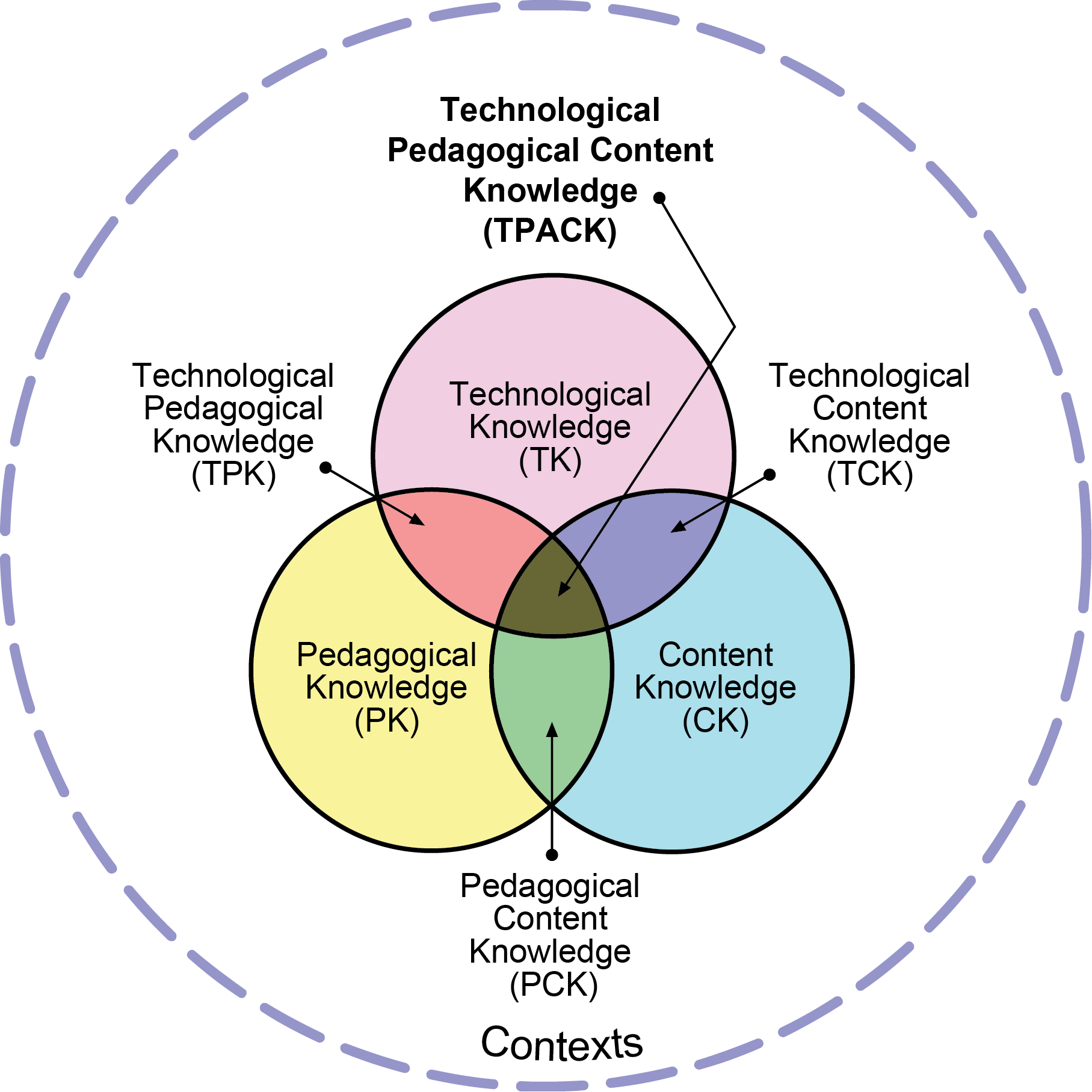 |
| Reproduced by permission of the publisher, © 2012 by tpack.org |
1- Describe a classroom where 'technology integration' takes place. You may find a video on Teacher Tube to provide this answer or you can write a narrative about something you have seen in relation to the information in the article above.
During my time as a substitute, I have seen a lot of technology integration with the use of Smart Boards. If you substitute for a teacher for a half day, a good amount of those times, you will get to see the tail end of a lesson the teacher is doing. Many teachers I have observed use the Smart Board as a technological tool in their classroom. I was able to use the Boards throughout the day while I subbed per the teachers' instructions. With the students, I used the Smart Boards to display the morning work the students were expected to complete. We used the Smart Boards to participate in interactive educational games on websites like that of Scholastic News. The students were able to come up to the board and write answers to problems we were trying to solve. The use of the Smart Board was obviously very routine in the classroom as the students all knew how to operate it. It was also always ready to use with the press of the power button on the remote. I have not once had a problem starting a Smart Board in a classroom I have substituted in. The boards also help to reach the curricular goals because they aided in the lesson by giving the students very basic instruction and gave them a way to practice.
2- In your discipline area, what are the essential components in a classroom where "technology integration" is appropriately utilized? Why?
As my discipline area is Elementary Education, it is important that the classroom is properly organized and that each technological tool has its specific place in the classroom. It is also important that these technological tools are stored or displayed in safe and sturdy places, as young children are very active and have developing coordination skills. Since elementary age children can have short attention spans, the tools should be able to start up right away for use. There must also be a good amount of time for students to work hands on with the tools, as elementary school will be their first experience with formal education of computers and the like. The teacher must also have good mastery of the tool they are using in technology integration so questions can be quickly answered.
3- What instructional outcomes are possible when embedding technology in classroom instruction?
When technology is effectively embedded in classroom instruction, students may pay greater attention to the lesson at hand. Their attention, in turn, will generate a higher understanding of the content matter. Students will become more comfortable using technology when they see it used and use it themselves in school on a regular basis. Technology also may seem fun and exciting to students, which, again, grasps their attention better.


